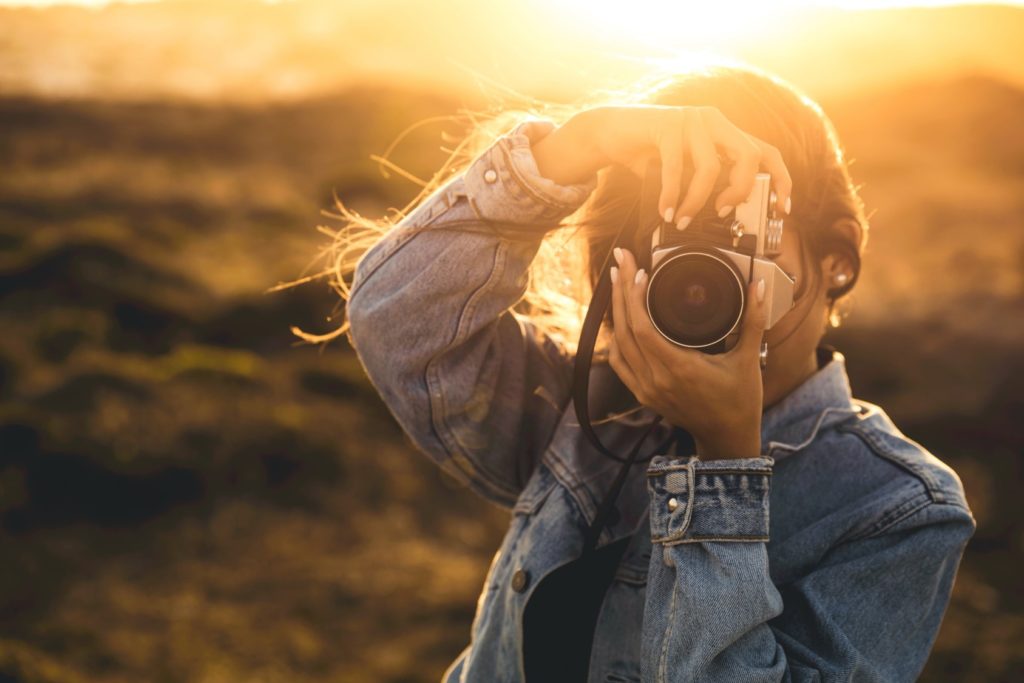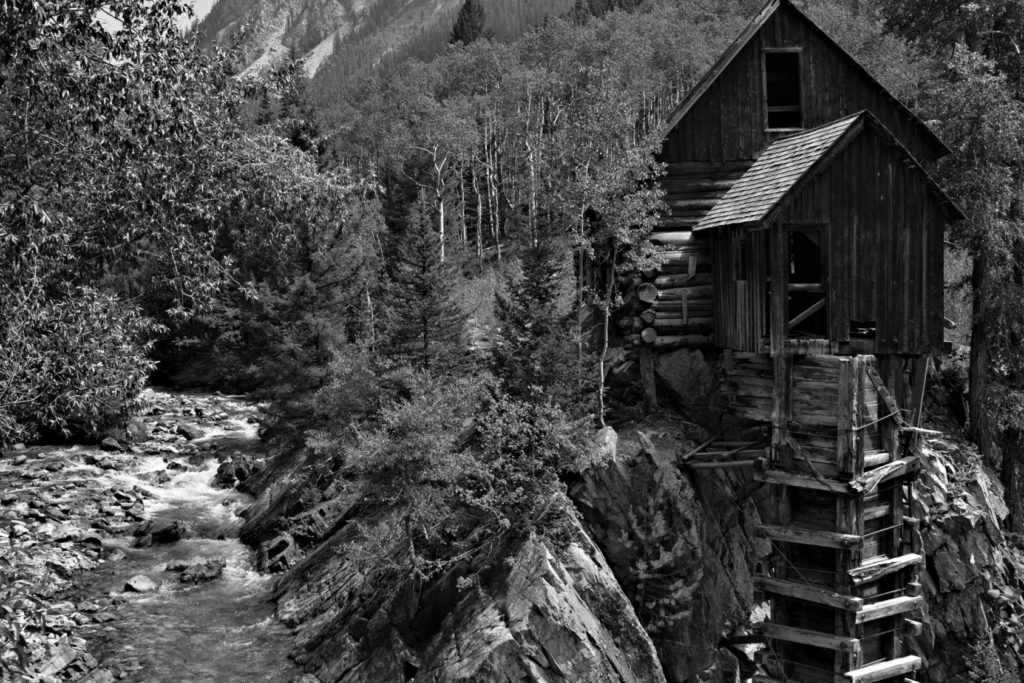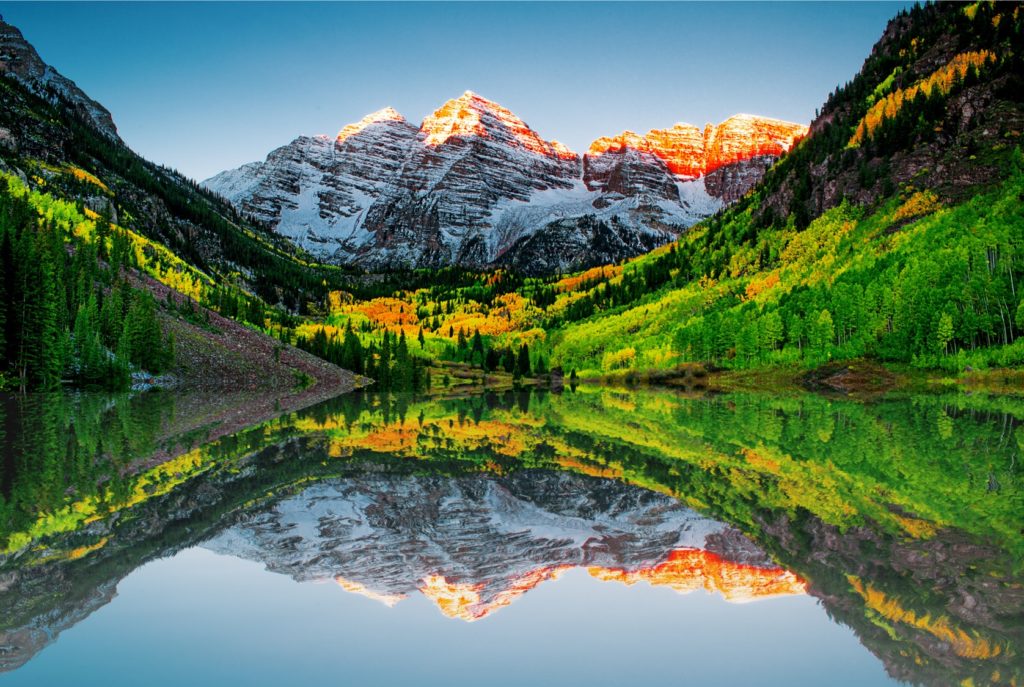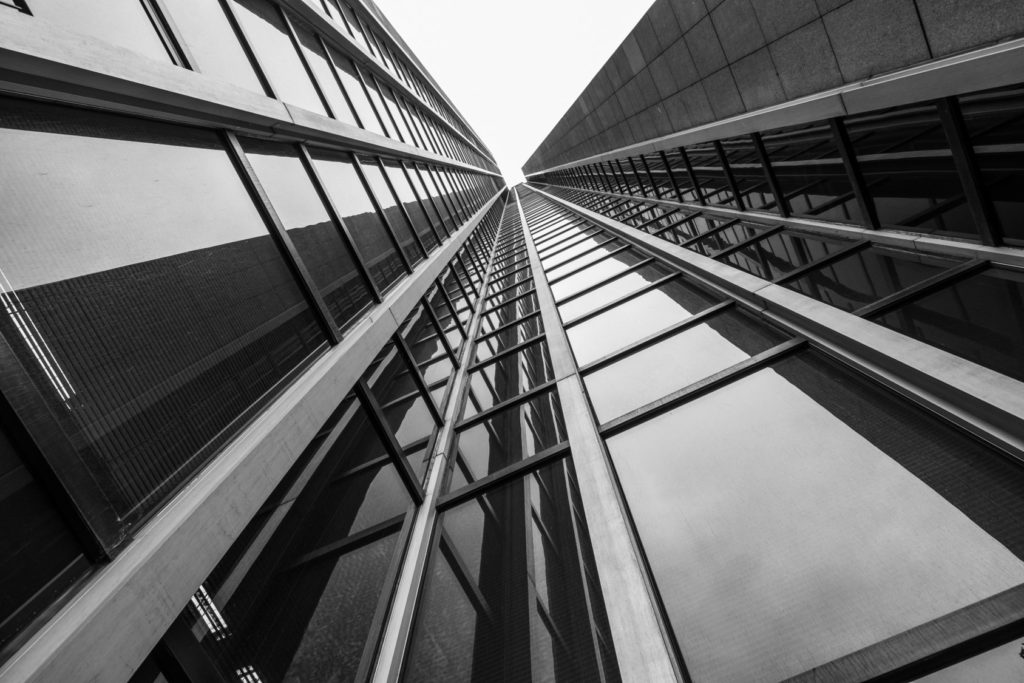
In 1827, what is considered to be the first photograph was taken by Joseph Nicéphore Niépce. The photo was taken using heliography, a technique that only produces one unique image. The image was made on a pure polished plate using a petroleum derivative known as Bituminous Judea.
In the following years, Joseph partnered with Louis Daguerre to try and refine the technique. After the death of Joseph in 1833, Louis continued improving the method by using different chemical combinations.
In 1839, Louis took the world’s oldest photograph of Paris, and it was also the first photograph with humans. He called his technique the daguerreotype, which was a more polished heliography. The image was a huge deal at the time because the only way to capture such an image was through paintings, drawings, or etchings.
Since then, the process of taking photos has improved immensely, but the science behind it has remained the same. The world has moved from plates and films that made photography expensive and complicated to affordable smartphones that take quality digital photos. Currently, smartphones account for 85% of all taken photos.
Types of Photography
The course of the photography industry is mainly driven by the tastes of both consumers and producers of the photos. People use photography for a variety of reasons, such as a container of personal memories, a marketing and promotion tool, a remembrance of friends and family, etc.
Photographers focus on specific types of photography based on their interests and the results they are after. In most cases, the creative and technical skills needed often cross multiple photography genres. However, the sheer volume of options can become overwhelming, especially when taking professional or competitive photographs.
As the Colorado State Fair photography contest gets closer, this list will help you discover the correct type of photography you can use to clinch the award.
Portrait Photography
Before the mass adoption of photography, portraits were only affordable to wealthy individuals, but they have now become the standard, especially selfies.
The concept behind portrait photography is to capture the character and features of the subject. However, this photography relies heavily on how the photographer handles a camera, their sense of the subject, and their ability to combine all these elements together.
The key to a winning portrait photo is making the subject feel comfortable and relaxed during the shoot. You should allow the subject to be silly and wiggle to get genuine emotions of happiness, especially if it’s a child. Asking them questions will also help you get a reading on the subject’s personality.
Portrait photography is the right step to take for individuals aspiring to become professional photographers. Implementing or excluding various elements within the photo affects how people feel when looking at the portrait photograph. Push beyond what you already know by exploring and trying new things.
Black and White Photography
Monochrome/ black and white photography is the art of taking an image without any color. This is one of those concepts where photography has changed but has remained the same. In the initial phases of photography, all photos were captured in black and white or various shades of sepia. After the introduction of color, black and white photography slowly lost its popularity.
Currently, black and white photography is considered to be fine art photography since it allows the viewer to become fully immersed in the subject. It is mainly used for classic, elegant, and timeless photos that don’t require the support of colors. There are two ways you can capture a monochrome photo: through the camera’s setting or using a post-production image editing tool.
Art Photography
When an artist captures a photograph to convey an idea or emotion, the image falls under the fine art photography section. In fine art photography, the artist uses photography as a medium for creative expression.
Since art photography is all about expressing something, you need to take time and work out what you want to achieve and how to reach your goal. Brainstorming is an excellent way of gathering your ideas together.
With a rough idea of what you want, you can pick any photography technique to capture the photo. It is common for art photography to overlap with other types of photography, such as fashion and monochrome photography.
Landscape Photography
While portrait photography tends to focus on capturing human emotion, landscape photography appreciates the world’s essence through beautiful scenic photos. When looking at a landscape, you take in every detail, focusing on appealing elements. Landscape photography allows you to capture such moments at a more detailed level.
The majority of landscape photos tend to portray the pureness of nature (flowing water, forests, plains and prairies, deserts, seacoasts, mountains, etc.). But given the inevitability of human structures, photos depicting the two together are being considered a form of landscape photography.
You don’t need complex equipment to capture good landscape photos, but having advanced skills can be highly rewarding. To get the best results, ensure you include the following key elements of landscape photography: lighting, photo equipment, and skill/ technique. This creates a high-quality photo that can be enlarged for home decoration, office walls, and other applications.
Architecture Photography
Also known as structure or building photography, architecture photography primarily focuses on buildings or structures. The subjects in this type of photography include a building’s interior or exterior, a bridge, or any other man-made structure.
Architecture photography combines the structure’s design, setting of the photograph, and the photographer’s vision to capture exciting and stunning photos that reveal the architect’s genius. To achieve this, you have to spend considerable time on the subject contemplating an environment or scene. You also need to pick a camera and equipment based on your level of experience in the niche.
The oldest photograph of Paris, “View from the Window at Le Gras,” is an example of architectural photography. The medium has remained relevant over the years because structures and buildings are enduring cultural symbols.
Please contact us for more information!







